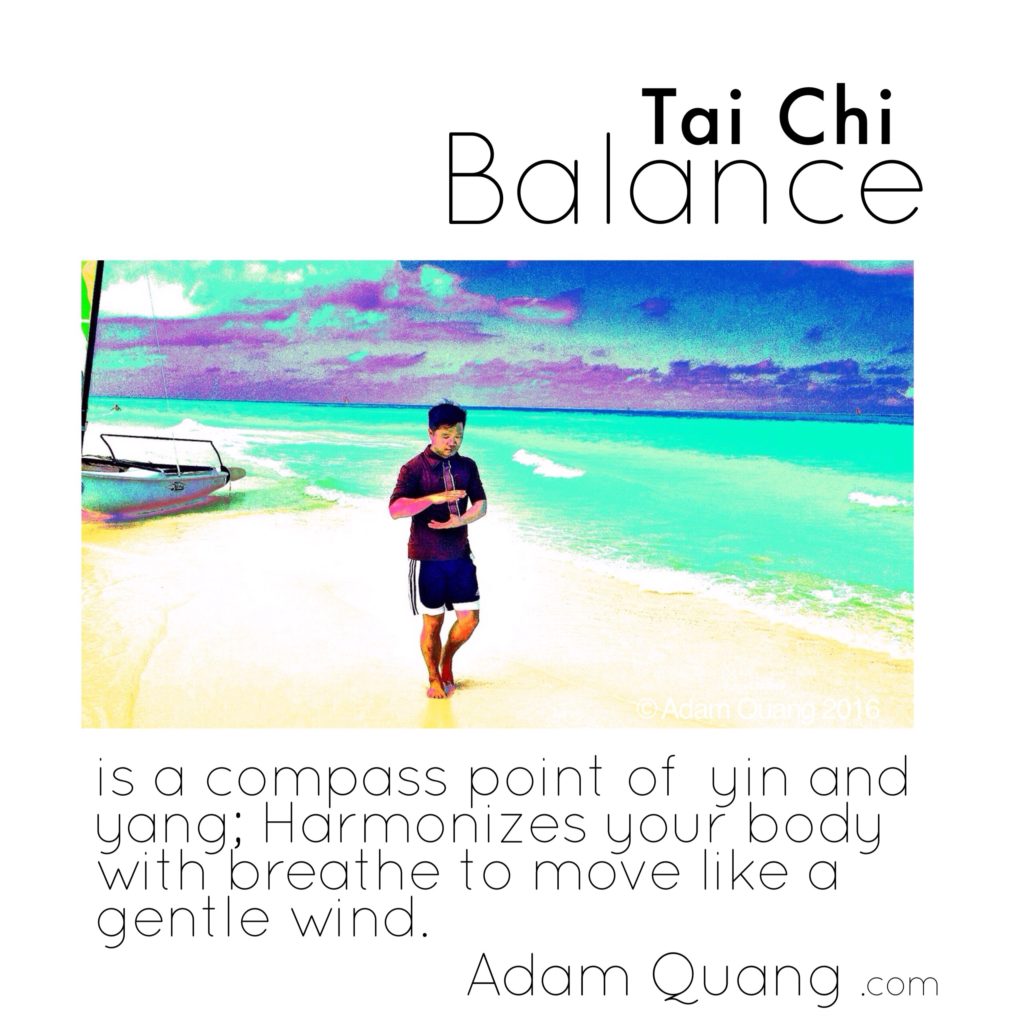- Adam Quang is available for corporate / private wellness program (onsite / offsite)
- Follow @AdamQuang on [ ]
- Home l Press Coverage l Video l Research l Wellness l Testimonial
If you’ve been using your brain to multitask—as most of us do most of the day—and then you set that aside and go on a walk, without all of the gadgets, you’ve let the prefrontal cortex recover,… And that’s when we see these bursts in creativity, problem-solving, and feelings of well-being. / University of Kansas, Lawrence, University of Utah, University of London
The Cognitive Benefits of Interacting With Nature / University of Michigan
We compare the restorative effects on cognitive functioning of interactions with natural versus urban environments. Attention restoration theory (ART) pro- vides an analysis of the kinds of environments that lead to improvements in directed-attention abilities. Nature, which is filled with intriguing stimuli, modestly grabs attention in a bottom-up fashion, allowing top-down directed-attention abilities a chance to replenish. Unlike natural environments, urban environments are filled with stimulation that captures attention dramatically and ad- ditionally requires directed attention (e.g., to avoid being hit by a car), making them less restorative. We present two experiments that show that walking in nature or viewing pictures of nature can improve directed-attention abilities as measured with a backwards digit-span task and the Attention Network Task, thus validating attention resto- ration theory.
—–
Creativity in the Wild: Improving Creative Reasoning through Immersion in Natural Settings / University of Kansas, Lawrence, University of Utah, University of London
Adults and children are spending more time interacting with media and technology and less time participating in activities in nature. This life-style change clearly has ramifications for our physical well-being, but what impact does this change have on cognition? Higher order cognitive functions including selective attention, problem solving, inhibition, and multi-tasking are all heavily utilized in our modern technology-rich society. Attention Restoration Theory (ART) suggests that exposure to nature can restore prefrontal cortex-mediated executive processes such as these. Consistent with ART, research indicates that exposure to natural settings seems to replenish some, lower-level modules of the executive attentional system. However, the impact of nature on higher-level tasks such as creative problem solving has not been explored. Here we show that four days of immersion in nature, and the corresponding disconnection from multi-media and technology, increases performance on a creativity, problem-solving task by a full 50% in a group of naive hikers. Our results demonstrate that there is a cognitive advantage to be realized if we spend time immersed in a natural setting. We anticipate that this advantage comes from an increase in exposure to natural stimuli that are both emotionally positive and low-arousing and a corresponding decrease in exposure to attention demanding technology, which regularly requires that we attend to sudden events, switch amongst tasks, maintain task goals, and inhibit irrelevant actions or cognitions. A limitation of the current research is the inability to determine if the effects are due to an increased exposure to nature, a decreased exposure to technology, or to other factors associated with spending three days immersed in nature.

